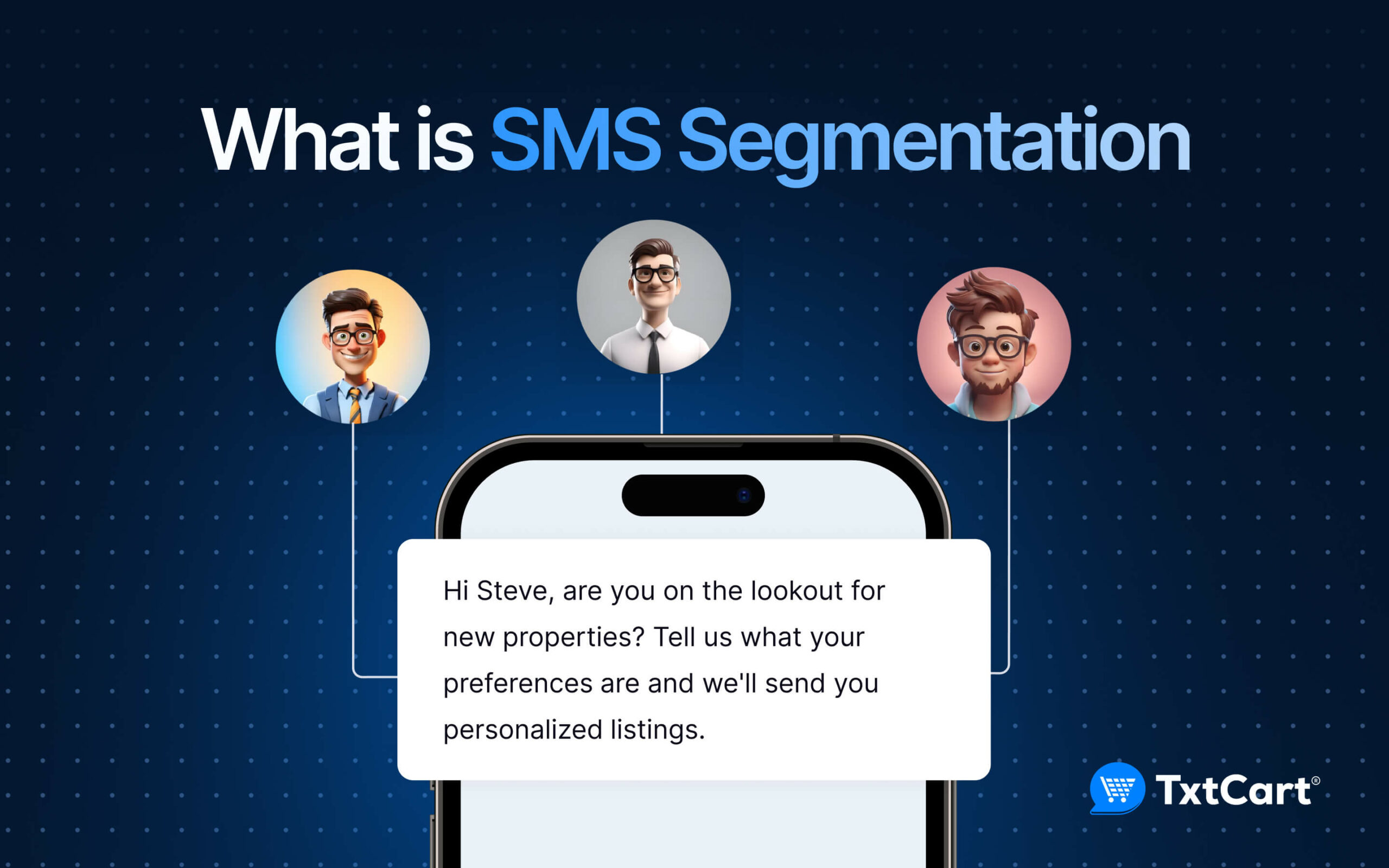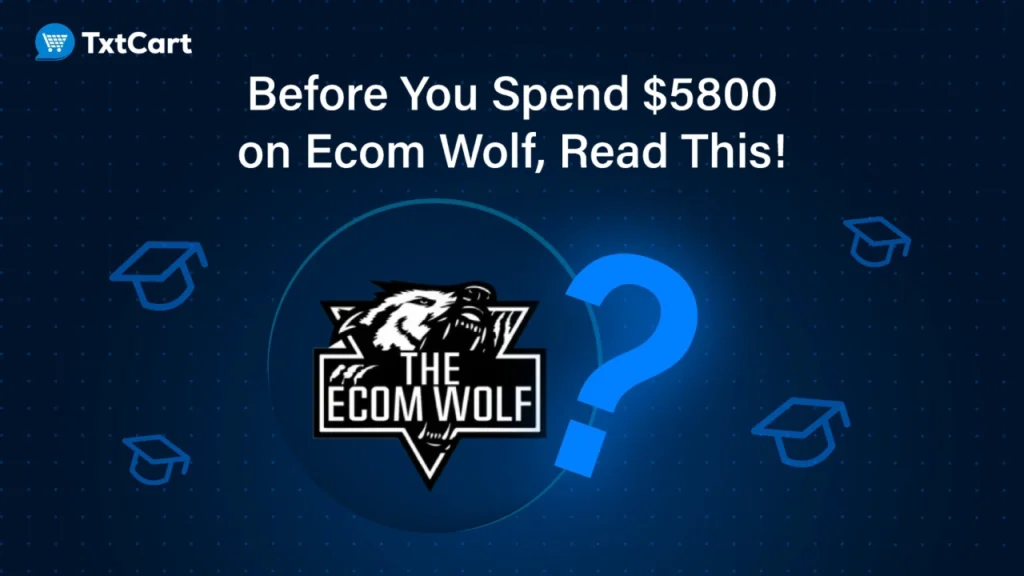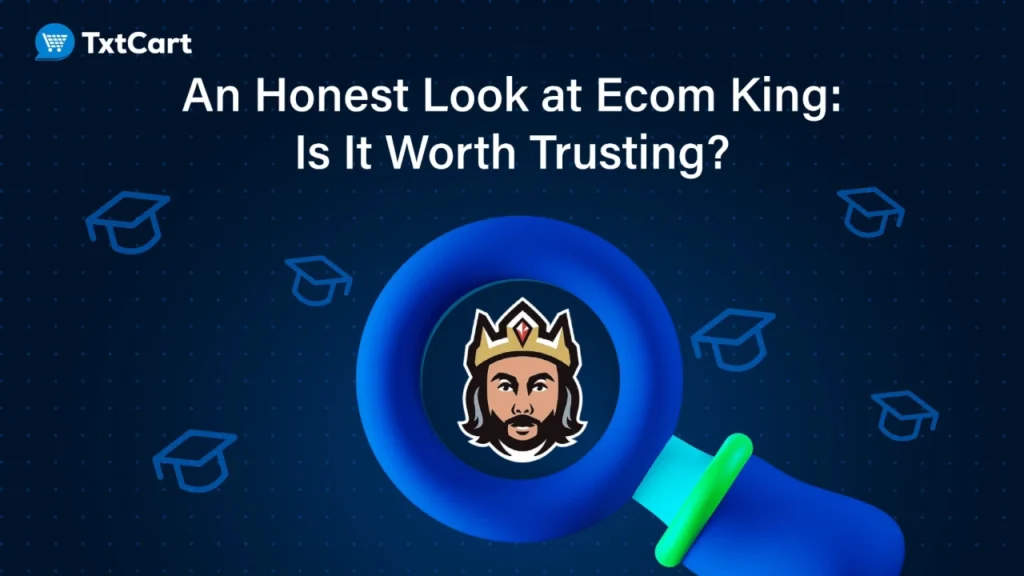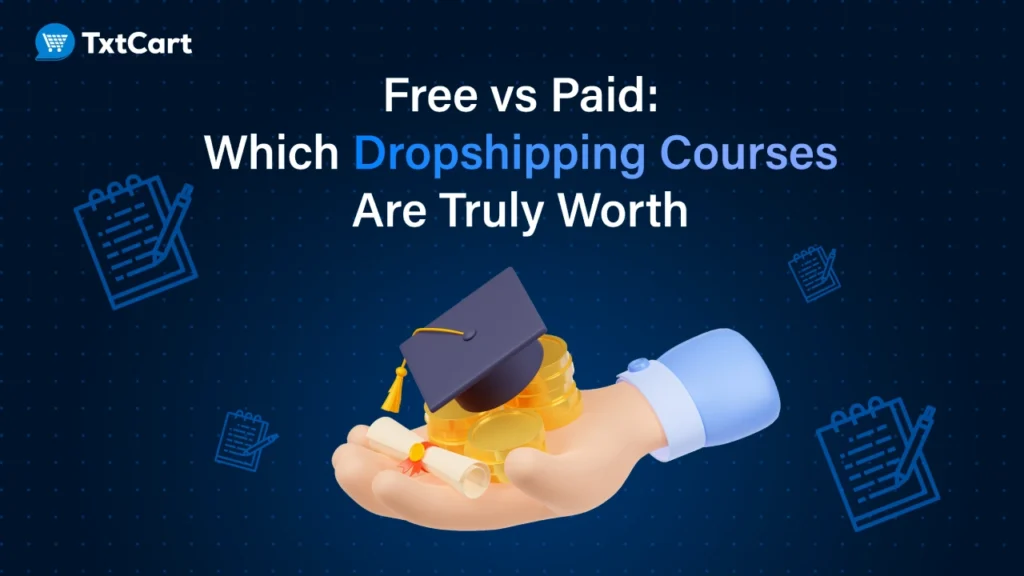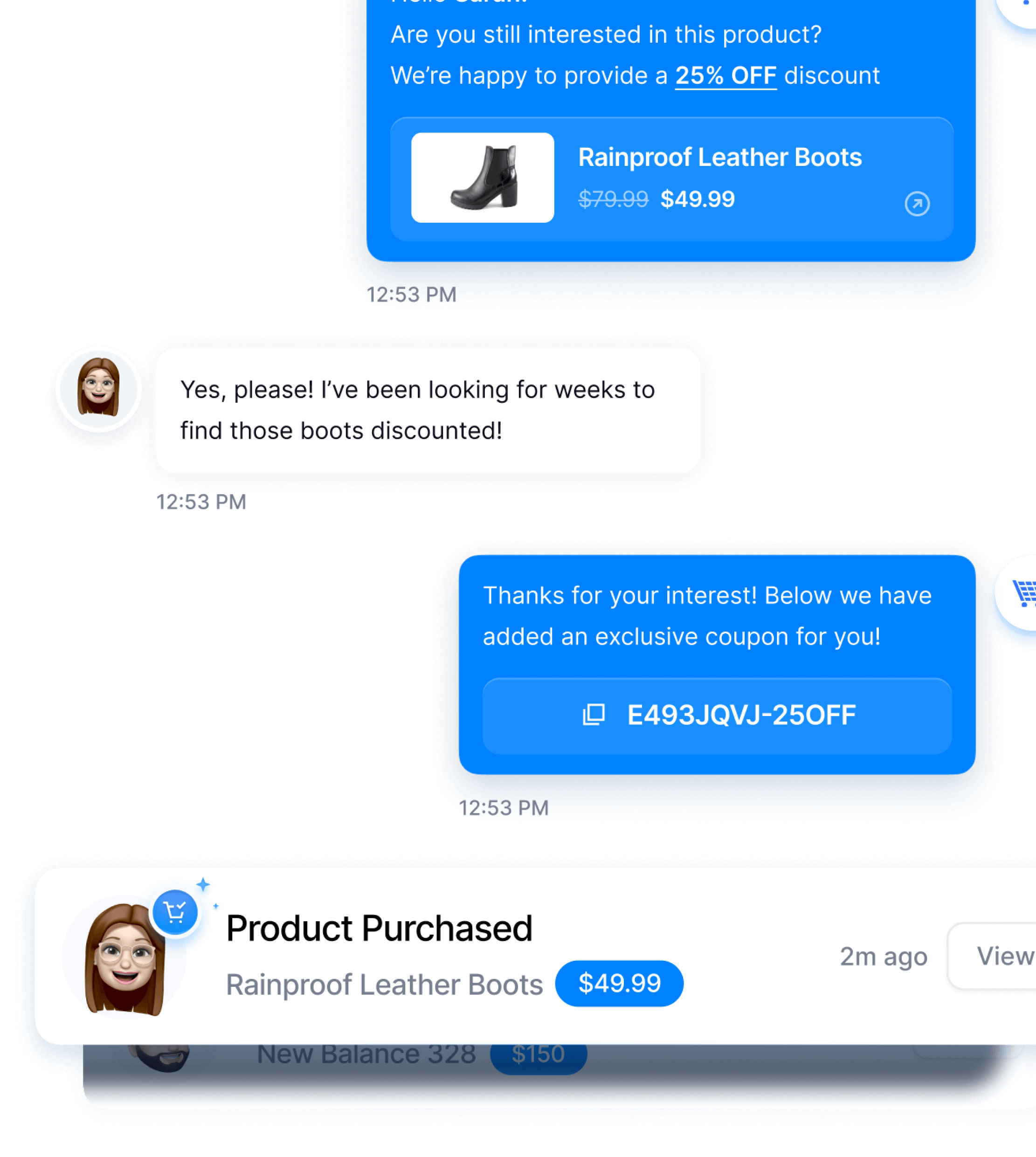To get most of any marketing channel, it is very important to segment your audience. It keeps your target audience into smaller sections making it easy for brands to create relevant business strategies and marketing campaigns.
In this post, learn everything about SMS segmentation to transform your SMS marketing game and leave a lasting impact on your audience
What is SMS segmentation?
SMS segmentation is dividing your large audience into smaller groups based on specific common factors such as age, gender, location & purchase history. With competition on the rise and people being busy like never before, segmentation in messaging helps in giving relevant information that is actually helpful to people.
It basically helps you personalize your marketing messages, and with 90% of leading marketers saying personalization significantly contributes to business profitability, one can not stress more the importance of SMS segmentation.
What are the benefits of SMS segmentation?
Every business should include SMS segmentation in their marketing strategy, because:
1. Maximizes your ROI (Return on Investment)
When you work on segmenting your customer base, you go through all their information. Segmenting your audience as per their purchase history, allows you to identify high-value groups, who have been loyal to you.
Sending targeted messages to this group gets you positive responses with less failure.
Recommended read: How To Drive More ROI From Your SMS Marketing Campaigns 2025
2. Lays the foundation for improved personalization
SMS segmentation helps in enhancing your personalization game. Personalization goes beyond just addressing the recipient by their name; it involves crafting content that speaks directly to their interests, behaviors, and preferences.
When customers feel a connection to your messages, it enhances their engagement and can ultimately lead to increased sales, positively impacting your bottom line.
3. Promotes engagement
SMS segmentation increases the relevance of your messages as they are crafted by considering the specific interests and needs of each group. This relevancy makes recipients more likely to engage with your messages.
Customers who show interest in your messages are more likely to take desired actions, such as making a purchase or participating in promotions. The key is to make the message as relevant as possible.
4. Reduces churn rate
The churn rate gives you the number of customers who stop using your product or service. Once you have collected this information, why some customers are dropping their interest in your products, based on the commonality factor businesses can put them in groups. With SMS segmentation, you can lure them with relevant offers.
Retaining existing customers is more cost-effective than acquiring new ones, and doing it with SMS segmentation will help you send targeted offers & discounts, increasing the chances of conversions as they are more likely to be interested in the selected offerings.
Recommended read: 17 SMS Marketing Mistakes Brands Make and how to avoid them
Different ways to segment SMS subscribers
Here are some ways to perform SMS segmentations.
1. Engaged/Unengaged:
This segmentation is based on the level of interaction with your SMS messages.
Engaged subscribers= Those who actively open and click on your text messages.
Unengaged subscribers Have not interacted recently with your messages but still opted in to receive messages.
You can customize the criteria of engaged and non-engaged as per your understanding, for example, you can set criteria such as having clicked at least one text within a specific time frame, like two to four weeks. With the set parameter, the standard for non-engagement is set.
2. Past purchasers/Non-purchasers
This segmentation divides the group into two: those who purchase and those who don’t. Past purchasers are active customers and they deserve to know about ongoing offers & deals as they actually have an interest in making a purchase.
Non-purchasers are inactive customers, and they require a strong push either with incentives or product information to stimulate their first purchase.
3. High-intent
High-intent segmentation focuses on subscribers who have shown a strong interest in making a purchase. You can identify this interest via various actions, such as adding items to their cart, viewing specific products, or clicking on links related to product details.
Create a group of these high-intent subscribers and send targeted promotions or limited-time to encourage these subscribers to convert.
4. Geo-location or time zone
Divide your customers by where they live or what time zone they’re in to send them marketing messages that fit their schedule. People hate promotional messages at unwanted times. Bad timing makes these messages appear too promotional. No one at 4 am cares about a good deal on their wishlishted t-shirt.
This segmentation is super useful for businesses with customers all over the place or in different time zones.
When marketers know where subscribers are, they can make sure text messages arrive at the right times, making it more likely people will pay attention. It also lets them tweak the content to match local preferences, events, or promotions, giving subscribers a more fitting and local experience.
5. Content or shopping preferences
This way of dividing subscribers is about knowing what they like in terms of content or types of products. By looking at what subscribers clicked on or bought before, marketers can figure out what they’re into. This helps in sending text messages that are more fitting and personal.
For example, if someone often likes things from a certain category, the business can send them special deals or updates about that kind of stuff.
6. VIP or loyalty status
VIP customers are the ones who buy a lot and have been purchasers for a long time. These customers deserve your recognition. Create a group and while sending out the messages to this group including special deals, early access to offers, or personalized benefits, the brand can make them feel even more attached. Also sending special thank-you messages from time to time to your loyal customers shows your appreciation towards them.
7. Order information
Segmenting customers based on their orders means putting them into groups based on what they’ve bought before. This segmentation can be based on how often these customers buy, how much they usually spend, or what kinds of things they buy.
By knowing what subscribers buy, marketers can send them better text messages. For example, people who purchase a lot might get special rewards or early sales access, while people who haven’t bought anything in a while might get general deals to bring them back to the buying game.
8. Subscription/Non-subscription:
To do this, divide people into two groups: those who subscribed and those who didn’t. The ones who willingly signed up show these people are likely more into the brand. On the flip side, those who didn’t subscribe might have only done it for certain deals.
For the ones who signed up, marketers can send regular updates, special stuff, or rewards for better conversions. But for those who didn’t sign up, they might get deals once in a while as per their chosen preferences.
7 customer segments we recommend focusing on
Here is the list:
- High-value customers
Pay special attention to customers who bring in a lot of money. Make special deals, exclusive offers, and rewards just for them to keep them happy and coming back. When you talk to them, make it personal so they feel connected and want to keep doing business with you. This way, they are more likely to come back and buy from you again.
- Product preferences
It’s important to know what customers like to buy. Group customers based on what they’re interested in and what they’ve bought before. Send them text messages with relevant products. This makes it more likely they’ll buy something and be happy with their choices.
- Holiday shoppers
Find and focus on customers who like to buy things during holidays or special times. Make special deals, give them early access to offers, or show them themed stuff to catch their interest and sell more during those times. For instance, for your Black Friday SMS Marketing campaign, TxtCart makes segmentation easy by allowing you to group subscribers into targeted lists, like “customers with two or more purchases” or “no contact in 30+ days.” This way, each group receives offers tailored to them, increasing the likelihood of engagement and conversion.

- Customer location
Use where customers are to group them based on that. Then, send messages that fit their area, like local events and time zones. This makes your messages more fitting for where they are, making your ads more effective.
- Prospect customers
Pay attention to people who seem interested but haven’t bought anything yet. Send them special deals or discounts to convince them to become customers. Keep them interested with interesting content and messages to turn them into regular buyers.
- Occasional shoppers
Help occasional shoppers buy more often by giving them special deals or rewards. Limited-time offers and loyalty programs can make them want to shop with you regularly, which is good for selling more stuff overall.
- Customers based on subscription method
Separate subscribers by what they like in their subscriptions. Send text messages that match what each group likes, whether it’s regular updates, special stuff, or specific deals. This way, everyone gets the messages they want the way they like them.
SMS targeting and segmentation best practices
- Define dormant users as those who haven’t interacted for a set time and send SMS reminders.
- Offer referral programs or request reviews to turn active users into mobile marketers.
- Use SMS to encourage consistent interactions by sharing tips or links related to your brand.
- Offer welcome discounts or share key features to entice them to make their first purchase.
- Implement loyalty programs and cross-selling to attract repeat purchases from this segment.
Recommended read: Ultimate Beginners Guide to Shopify SMS Marketing 2025
Streamline SMS segmentation with TxtCart
TxtCart helps businesses with customer segmentation as it provides behavioral data like past interactions, previous purchases, spending power, and more for creating personalized campaigns.
TxtCart’s intuitive dashboard offers deep analytics to track customer SMS opt-ins, live-agent responses, SMS campaign orders, opt-outs, and one-time SMS campaigns for new product launches, special offers, sales, and more.
Install the TxtCart app today and reach out to our team of experts for better results.
